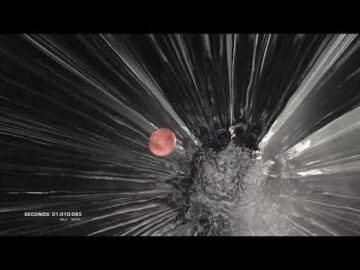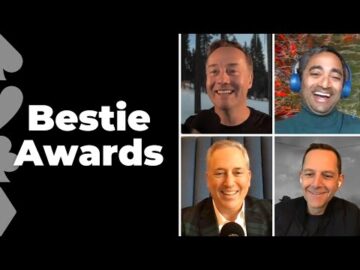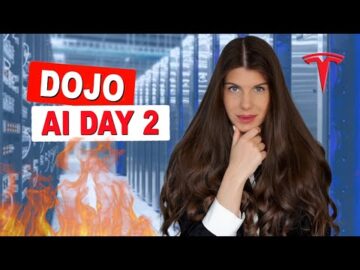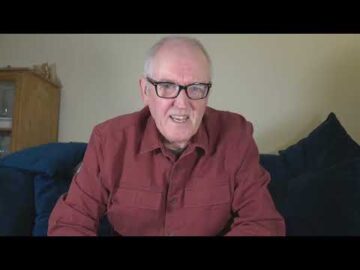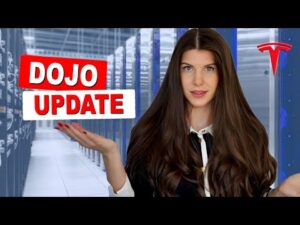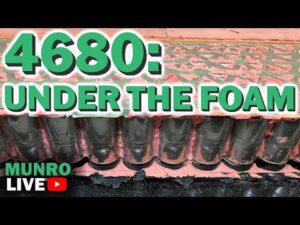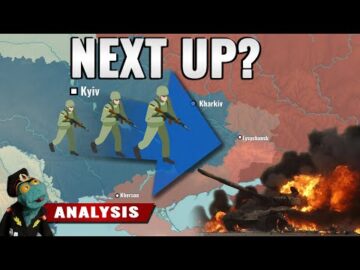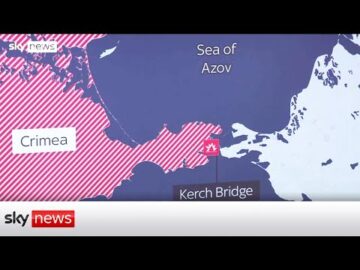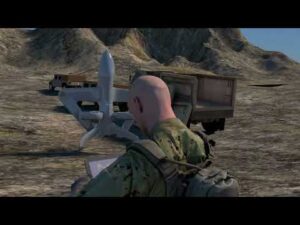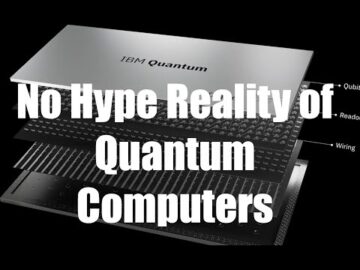Self-driving car company Argo AI failure when Ford and VW pulled the plug after spending over $3 billion. It is big evidence that Lidar-dependent self-driving has a long way to go. All of the self-driving car companies except Tesla and Comma were using Lidar. Ford said removing the driver is over 5 years away. Most robotaxi players are dependent upon removing the driver for their business model to work enough to get to serious scale. 5+ years to get to the true starting point and 5+ years to scale translates to an 8-year lead for Tesla if Tesla solves robotaxi in 2 years. Uber had a 2.5 year lead over Lyft and that meant three times the market share for Uber.
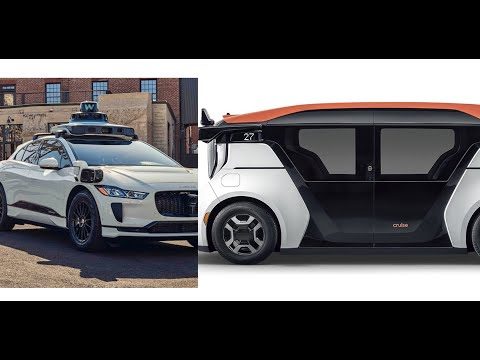
The CEO and founder of Comma left the company and said it could become a $100 million-a-year consumer electronics company. The Comma 3 system can keep in the center of the lane and make some turns like an early autopilot system but it does not react well dynamically to roadsigns like stop signs and to many traffic situations.
Waymo last CEO left in 2021. Waymo, Cruise and other self-driving car companies have three thousand or less self-driving cars deployed.
There is a limitation on Lidar capacity. There was only 100k-220k automotive grade Lidar in 2021. This is only enough for 10-20k deployed robotaxi self-driving cars and Lidar is also used for driving assist driving systems. There is even higher cost and lower supply for cars that need omni-directional Lidar. The variance in Lidar capabilities is huge. It is not assured that the lowest cost solid state Lidar can do everything that is needed for the robotaxi solutions. Many also have a dependence on many millimeter radar and ultrasonics. The factories to build large quantities of those system is also limiting factors.
Tesla released version 11 which uses full self-driving software for highway and city streets. Previously Autopilot was used for highway driving. Autopilot is used for billions of miles of driving every year. FSD software taking over those miles of driving will mean that Tesla can rapidly scale to the 6 billion miles of driving data needed for prove robotaxi levels of safety to regulators. Here are some examples for getting to 6 billion miles of self-driving in one year. This needs 1 million cars driving 6000 miles per year or 100,000 cars driving 60,000 miles per year. If the company is paying for all of those cars and is not making enough money from paid rides or from selling consumers on the software and hardware then it costs $5-15 billion for the car and sensors for 100,000 robotaxi cars. This is on top of the $3-10 billion per year for 3000 software developers and 100,000 test drivers or handlers for that scale of deployment.
Tesla is initially deploying with self-driving at improving driver assistance capabilities. Those systems are fully paid by customers who own the systems.
Almost all other self-driving car companies choosing to only deploy robotaxi fleets. They are paying for the fleet and have a million per year or less in paid rides. They have all of the costs and more dedicated staff and developers but none of the revenue.
Mobileye makes cameras and sensors and software and is nearing profitability. Mobileye is not making the complete robotaxi systems and their partner-customers pay for deployment.
Brian Wang este un lider gânditor futurist și un popular blogger științific, cu 1 milion de cititori pe lună. Blogul său Nextbigfuture.com este clasat pe locul 1 pe Știrile știrilor. Acoperă multe tehnologii și tendințe perturbatoare, inclusiv spațiu, robotică, inteligență artificială, medicină, biotehnologie anti-îmbătrânire și nanotehnologie.
Cunoscut pentru identificarea tehnologiilor de vârf, el este în prezent co-fondator al unui startup și strângere de fonduri pentru companii cu potențial ridicat în faza incipientă. El este șeful cercetării pentru alocări pentru investiții în tehnologie profundă și un investitor înger la Space Angels.
Vorbitor frecvent la corporații, a fost vorbitor TEDx, vorbitor al Singularity University și invitat la numeroase interviuri pentru radio și podcast-uri. El este deschis vorbirii publice și consilierii angajamentelor.
- algoritmi
- inteligență artificială
- blockchain
- coingenius
- criptografie
- Cypher
- energie
- Gadget-uri
- ibm quantum
- Următorul Mari Viituri
- Plato
- platoul ai
- Informații despre date Platon
- Jocul lui Platon
- PlatoData
- platogaming
- Cuantic
- calculatoare cuantice
- cuantic calcul
- fizica cuantica
- robotica
- Autoturisme
- Tehnologia
- Tesla
- lume
- zephyrnet

